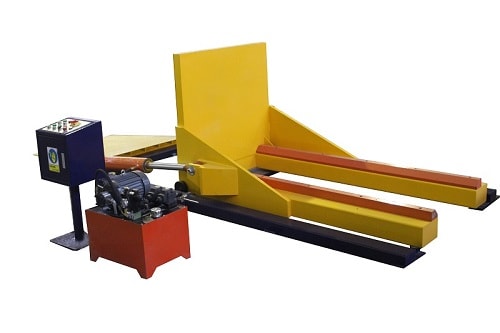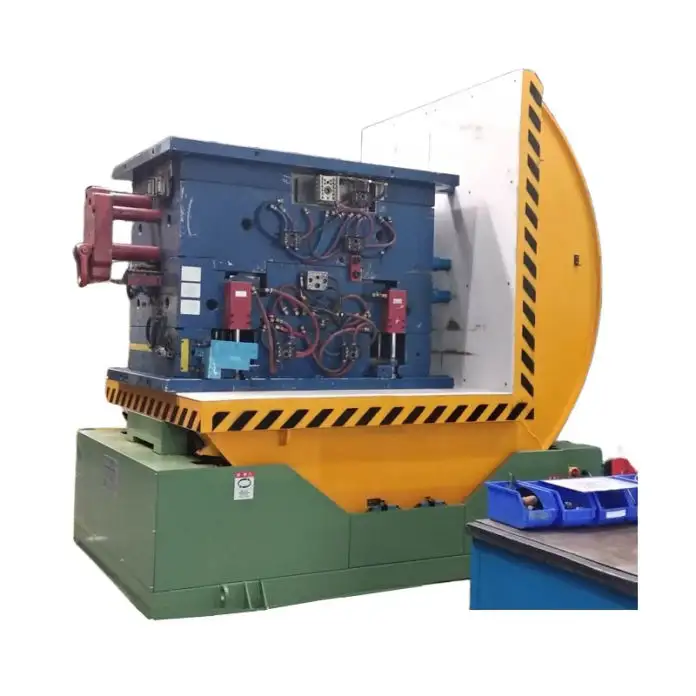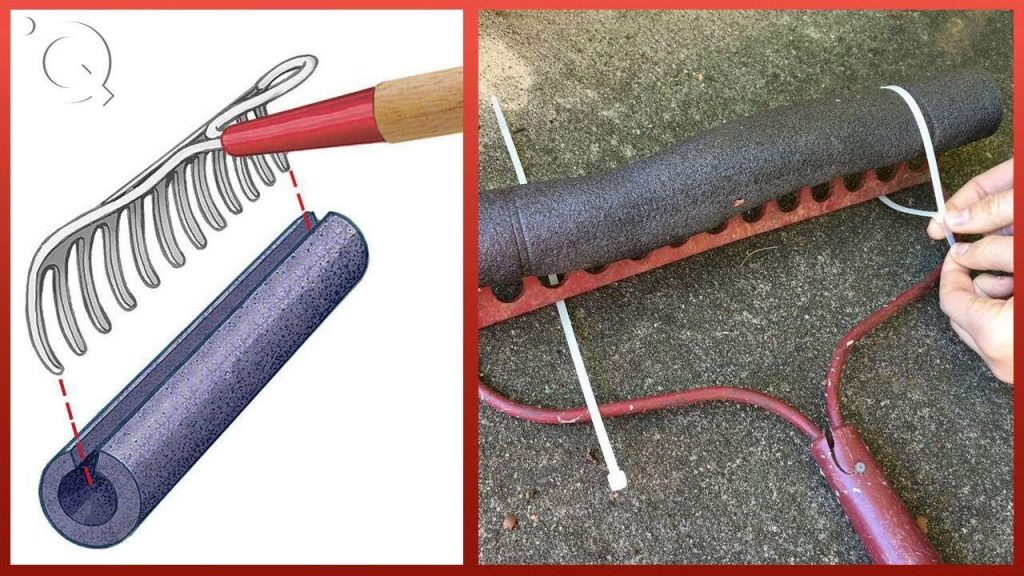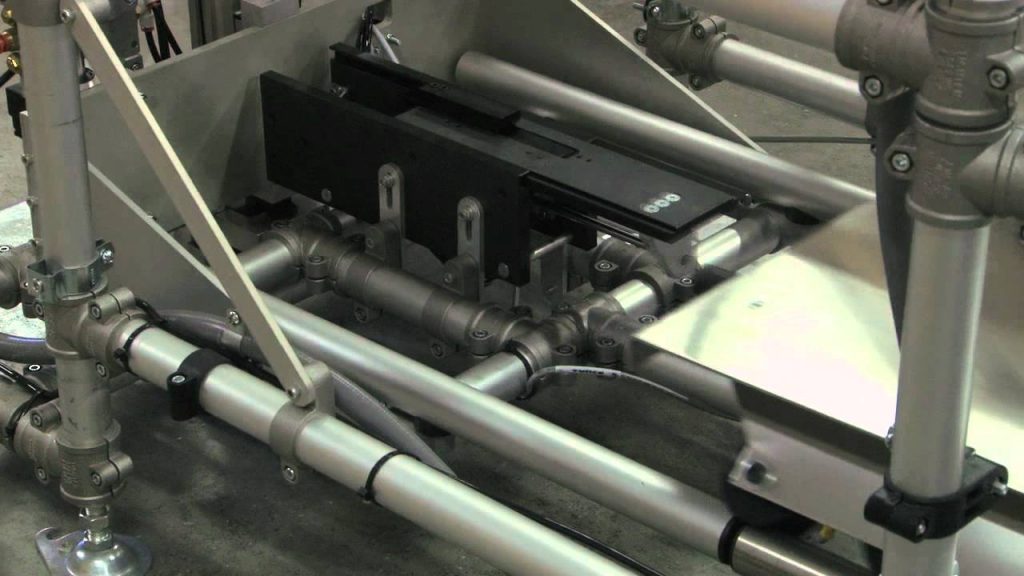# 5 Common Problems with Traditional Mold Handling
Mold handling is an essential task in various industries such as food, pharmaceuticals, plastics, and more. However, traditional mold handling practices come with inherent challenges that can be time-consuming and expensive. In this article, we will discuss five common problems associated with traditional mold handling and offer solutions to overcome them.
## Table of Contents
1. Introduction
2. Problem 1: Safety Risks
- Mold Release Agent Exposure
- Injuries from Mold Handling
3. Problem 2: Time-Consuming Process
- Cleaning and Preparation
- Mold Changeover
4. Problem 3: High Labor Costs
- Skilled Operators
- Maintenance and Repair Costs
5. Problem 4: Inconsistent Quality
- Improper Mold Alignment
- Inadequate Cooling
6. Problem 5: Minimal Flexibility
- Limited Mold Designs
- Time Constraints
7. Solutions
- Automated Mold Handling
- Improved Safety Measures
- Increased Industry Collaboration
8. Conclusion
9. FAQs
## Problem 1: Safety Risks
Mold release agents, used to lubricate molds and prevent sticking, can pose safety risks to workers if not handled correctly. Inhalation of these agents can cause respiratory issues, while skin contact can lead to irritation or even burns. Furthermore, handling molds, particularly those of high sizes or heaviness, pose a severe risk to workers.
## Problem 2: Time-Consuming Process
Traditional mold handling practices are time-consuming, which can have a significant impact on production. Cleaning and preparation of molds can take a considerable amount of time, while mold changeover can take hours or even days.
## Problem 3: High Labor Costs
Skilled operators are required to manage mold changes and general maintenance, which can ramp up labor costs for manufacturers. Additionally, repairs and maintenance on molds can be expensive.
## Problem 4: Inconsistent Quality
Improper mold alignment during the manufacturing process can lead to inconsistent quality products and a decrease in yield. Inadequate cooling of the molds can also result in product defects and inconsistencies.
## Problem 5: Minimal Flexibility
Traditional mold handling processes can limit manufacturers' ability to be agile and flexible by hindering the production of new, innovative products that require alternative molds.
## Solutions
Automated mold handling technology can provide a solution to several of the problems associated with traditional mold handling. Automation can reduce the risks associated with mold handling, significantly decrease mold changeover time, reduce labor costs, and improve overall product quality by ensuring proper mold alignment and consistent cooling.
Improved safety measures, such as improved ventilation systems and personal protective equipment, can further reduce the risks associated with mold handling.
Increased industry collaboration can also help solve these problems. By encouraging greater collaboration between mold makers, material suppliers, equipment manufacturers, and end-users, manufacturers can develop new solutions to overcome the challenges associated with mold handling.
## Conclusion
Traditional mold handling practices come with several challenges, including safety risks, time-consuming processes, high labor costs, inconsistent quality, and minimal flexibility. By embracing automated mold handling technology, implementing improved safety measures, and encouraging industry collaboration, manufacturers can overcome these challenges and optimize their production processes for success.
## FAQs
1. What is mold handling?
Mold handling is the process of preparing, installing, and maintaining molds used in the production of various products.
2. What are the benefits of automated mold handling?
Automated mold handling can reduce risks associated with mold handling, significantly decrease mold changeover times, reduce labor costs, and improve overall product quality.
3. How can manufacturers improve mold alignment?
Manufacturers can improve mold alignment by using automated mold handling technology, implementing proper training and maintenance, and utilizing proper cooling techniques.
4. What safety risks are associated with traditional mold handling practices?
Traditional mold handling practices can pose risks such as exposure to mold release agents, injuries from handling molds, and respiratory issues.
5. How can industry collaboration improve mold handling processes?
Industry collaboration can lead to the development of new, more efficient mold handling technology and techniques, optimizing production processes for greater success.




